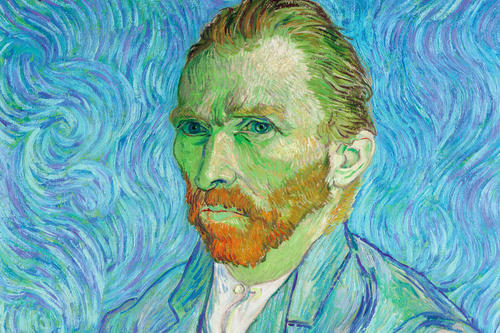
Many artists and other creative people bear a certain genetic similarity, not only to one another, but to those with schizophrenia and bipolar disorder. Evidence suggests that “schizophrenia, like bipolar disorder, is a secondary consequence of genes that also produce positive human traits," says psychology graduate student Rachael Grazioplene. She also notes that healthy siblings of people with those disorders are particularly likely to have jobs involving creativity.
Successful creative people and those with the disorders also share similarities in the patterns of connections between cells in specific areas of the brain. Most strikingly, though, the two groups express a personality trait known as "openness to experience," which describes the general tendency to be imaginative, curious and intellectual. Besides having an active fantasy life, people with this trait tend to see meaningful connections between unrelated details that others cannot see.
Beyond all the similarities, however, must lie differences that allow certain people to inherit traits that lead them to excel in the imaginative realm and escape the burden of mental illness. These differences and the neural mechanisms underlying them interest Grazioplene the most, because understanding them is key to understanding and treating the illnesses.
- Categories:
- Campus Affairs





